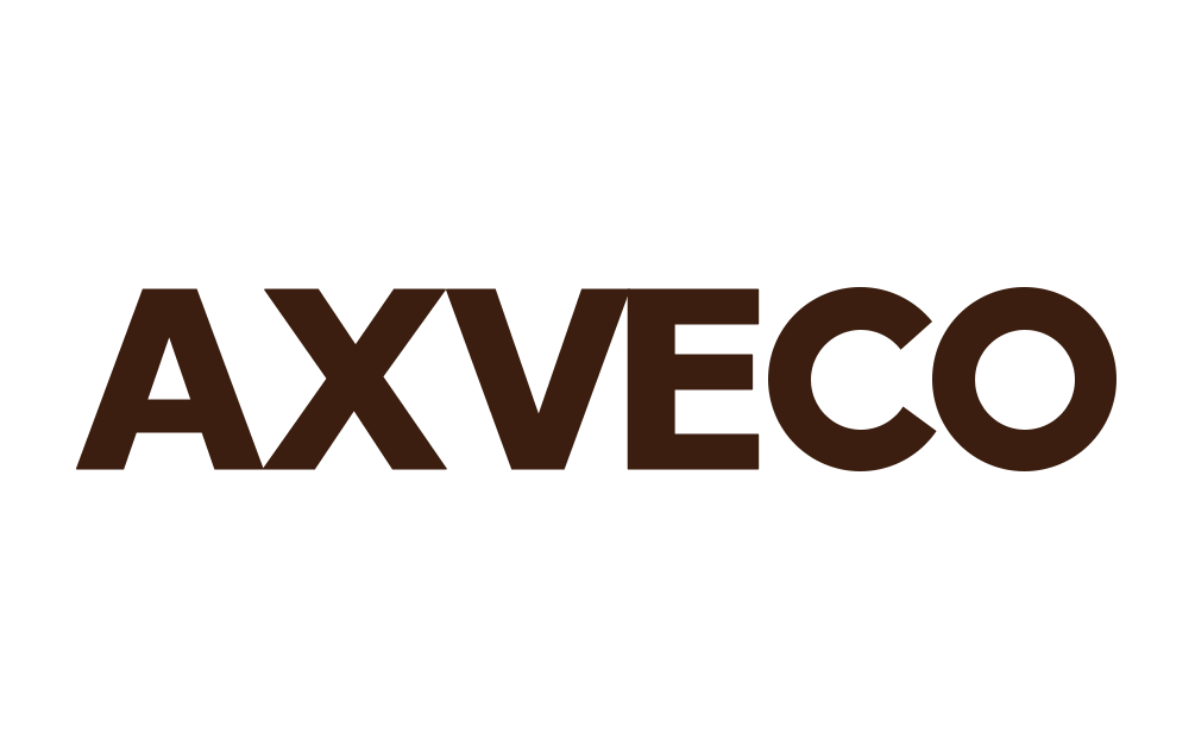Scenario Analysis – joining the dots: trends and how they impact your business
Financial institutions are required to undertake a Strategic Risk Assessment (SRA) and perform stress testing as part of their ORSA and ICAAP to identify the financial impact of stress events on their P&L, capital, funding, liquidity, and balance sheet.
To do this, they need to define realistic future situations which could have a sizeable impact on the business, considering both likely and rare events: the so called ‘tail risks’, sitting at the tail of the loss distribution. To compensate for the limited availability of loss data, scenario analysis is used as to assess the impact on the business of hypothetical, yet foreseeable, extreme loss events.
During the last AXVECO Roundtable CROs and risk managers from insurance companies, asset managers and banks discussed various practices for scenario analysis and key issues including:
- The soundness and quality of the earnings-models of financial institutions are increasingly being eroded by several macro-economic and -environmental forces. Examples include the low (and negative) interest rates, the rise of political populism, the rapid application of new technologies, more critical consumers and growing legal and regulatory pressure. These forces together create an unprecedented mix of drivers of uncertainty for financial services incumbents, which makes long term strategic planning increasingly difficult.
- Strategic risk assessments could be a good starting point to identify these forces by considering potential trends that lead to plausible scenarios – financial and non-financial. The challenge here is to join the dots across different perspectives that collectively could have major impact (combining trends to result in new scenarios).
- Institutions can apply scenario analysis and stress testing not only to identify the impact on P&L, capital, funding, liquidity, and balance sheet, but also to evaluate the viability of their business strategies and financial plans including the identification of appropriate risk responses. The challenge is to identify discreet and combined events in time horizons which may differ for strategy definition and capital adequacy testing.
- Scenario analysis can be applied in a proactive and recurring way – multiple times a year – without being too onerous for example to identify emerging risks and to help management recognise scenarios and developments with a major impact at an early stage.
- Scenarios must maintain management support and meet the regulators’ expectations for due process. This requires managing group and business unit perspectives (top down / bottom up) to providing sufficient clarity that the scenarios set is complete. Traditional techniques focussing on only two major axis of uncertainty may help group level thinking on potential futures whilst being too high level for the goal of testing capital adequacy for a business unit.





